Architecture has evolved stupendously in the past century from traditional architecture which was loaded with aesthetic value; to modern architecture which offers a perfect blend of functionality and design and that too at a cutting-edge cost. As said by the designer and architect Mies Van Der Rohe, “Less is more” which totally defines a modernist ethic and modern architecture.With the onset of the twentieth century, architects felt a need for an architecture that expressed the spirit of the new age. This new modern architecture style had emerged from many Western countries in the decade following the World War I.
Evolution of Modern Architecture

Modern architecture started around the beginning of the twentieth century based on the rational use of modern building materials and technology, the principles of functionalist planning, and the rejection of historical precedent and ornamentation. It basically comprised of simple form without any ornamentation. All floor plans were functional and logical. Modern architecture is based on idea, which is created by lines, basic shapes, and forms. Thus, simple, plain, rectangular shapes, geometric forms and linear elements make up the main characteristics of the modern architecture. This modern style became most evident in the design of skyscrapers.
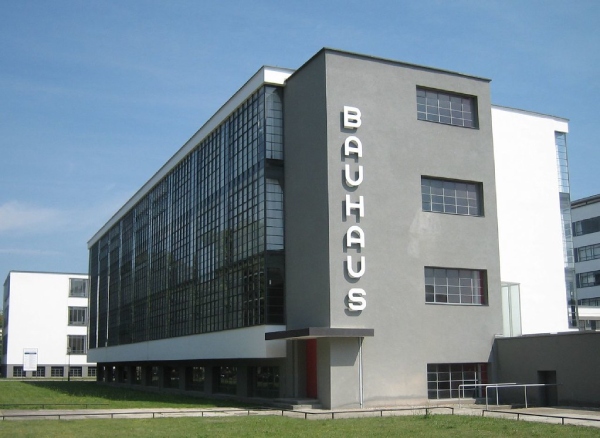
Bauhaus, a German school of art and architecture, made a great impact on the style of modern architecture like one of its principle, “less is more.”
The ready availability of new modern building materials led to the invention of new building techniques post the industrial revolution (1830–40). The most commonly used modern building materials were:
- Glass
- Steeland
- Reinforced Concrete
Modern architecture is a modern style of architecture that refers to a large group of similar buildings that emerged in many countries through the practice of many famous modern architects between the 1920s and the 1950s. Modernism usually calls for logic and application of universal principles out of which the famous one says, “form follows function.” It means that building should be designed to suit its purpose.
The famous modern architects around the world who began developing new architectural solutions to integrate traditional architecture with new technological inventions were Le Corbusier in France, Ludwig Mies Van Der Rohe and Walter Gropius in Germany. Besides, Frank Lloyd Wright, Louis Sullivan, Oscar Niemeyer, Alvar Alto, etc. among others are usually recognized for this movement.
Modern architecture first took off in Europe, and then made its way into the American style. Modern architecture continued to be the dominant modern style of architecture for institutional and corporate buildings in 1980s.
Features of Modern Architecture
Lack of Ornament – Simplified Forms & Clean Lines

Simple moulding is being used to give way to clean aesthetic where materials meet in simple, well-executed joints. The simple, plain, geometric forms, linear elements and rectangular shapes characterize modern architecture.
Emphasis of Rectangular Forms and Horizontal and Vertical Lines in Modern Architecture
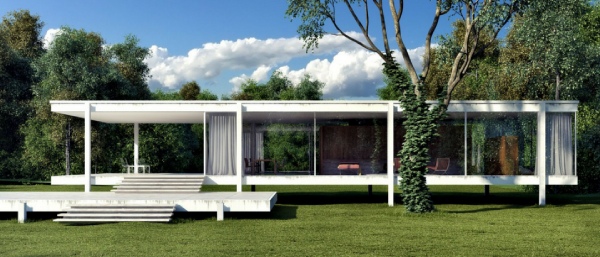
Shapes of buildings are based on boxes. Materials are often used in good defined planes and vertical forms are used to juxtapose against the horizontal elements for lending a dramatic effect.
Low, Horizontal Massing, Flat Roofs, Emphasis on Horizontal Planes and Broad Roof Overhangs
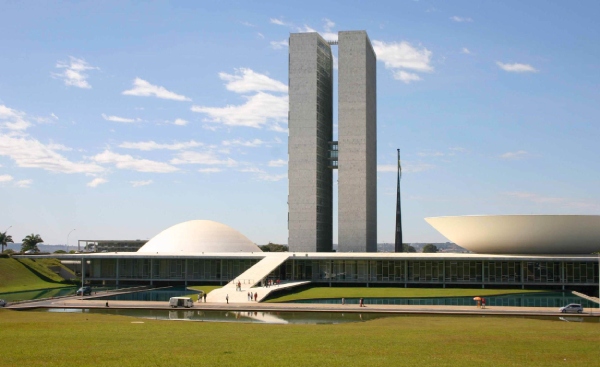
Flat roofs are used to give more emphasis on horizontal mass. Many buildings of the modern period hug the ground and appear of the ground, not in contrast to it.
Use of Modern Building Materials and Systems
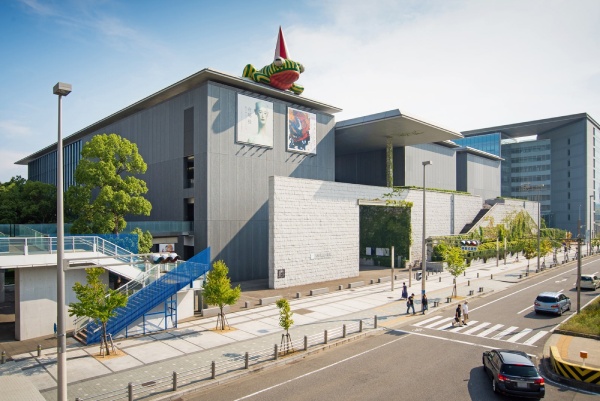
Concrete blocks are used as a finished material. Steel columns are used in exposed applications, concrete floors are stained and exposed, and long span steel trusses permit open column free spaces.
Use of Traditional Materials in New Ways
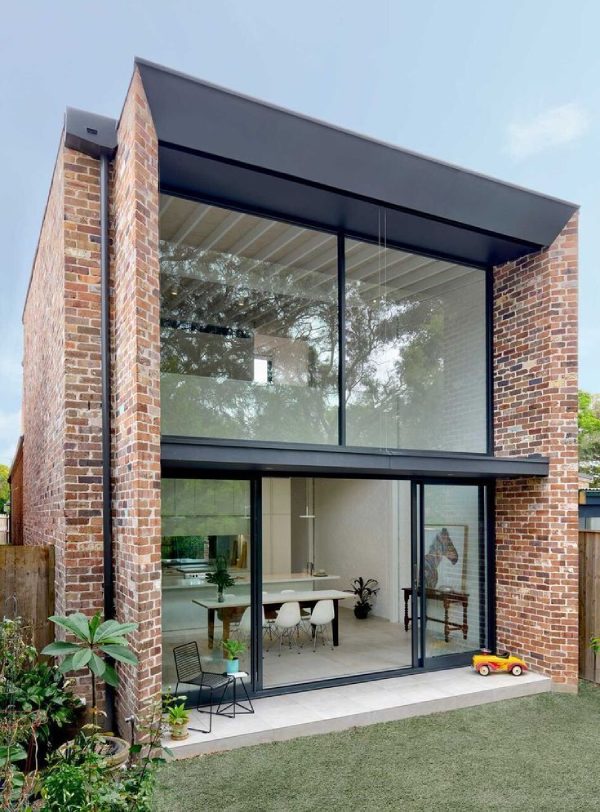
Bricks and stone work are simple and used in rectilinear masses and planes. Modern building materials like wood, brick and stone are used in simplified ways to reflect modern aesthetics.
Emphasis on Honesty of Materials
In many cases, stained wood is used to express the texture and character. Stained wood is good to express natural character rather than its painted counterpart.
Relationship Between Interior Spaces and Sites
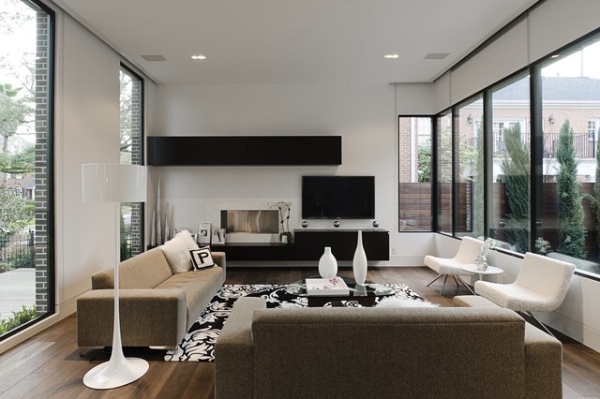
Large glass spaces are used to bring the site of building into the building and take advantage of dramatic views and natural landscaping.
Emphasis on Open, Flowing Interior Spaces
Living, dining and kitchen spaces are designed collaboratively as a part of contiguous interior space. Living spaces are not defined by walls or hallways in most of cases.
Generous Use of Glass and Natural Light
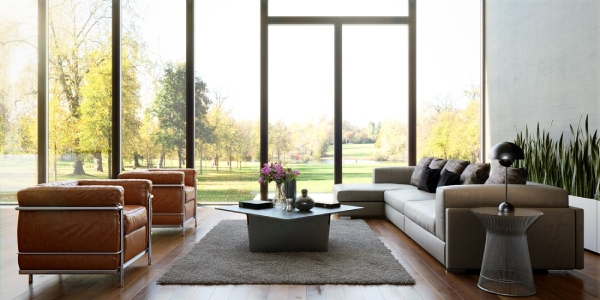
Large glass windows from ceiling to floor are used to introduce natural light deep into the interior and also provide dramatic views.
Use of Sun and Shading to Enhance Human Comfort
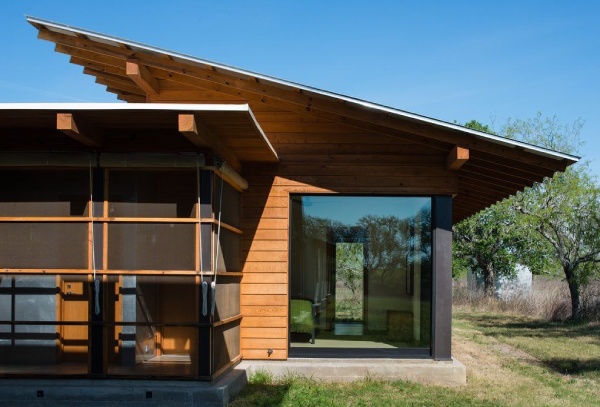
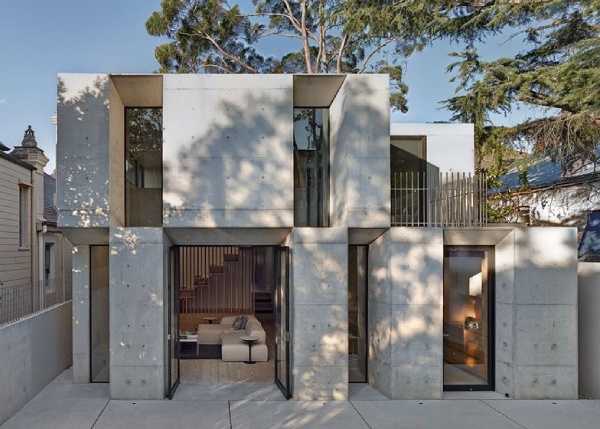
Long overhangs and recessed openings provide shading to the home to keep it cool in summer. They are oriented to take advantage of nature’s forces and provide solar heating in winter.
These are niche features of modern architecture and underlie how it differs from other styles of architecture. The above given characteristics, in modern buildings constitute modern era of architecture.
Advantages of Modern Architecture
- It protects occupant’s health and improves employee productivity.
- It reduces waste, pollution and environmental degradation.
- As it maximizes natural light from the sun – through window walls, uncommon positioning, skylights or panoramic windows – it provides multiple benefits including:
i) Regulating of circadian rhythms
ii) Awesome design and stunning view
iii) Lowering your fuel bills by harnessing passive solar heating
- It is much faster vis-à-vis its traditional counterpart. As the latter entails building by hand which is much slower and also requires more workers on site for a longer time. While in case of modern architecture off site manufacturing of components and assemblies facilitates quicker erection.
- Modern structures are lighter as they require less structural material, and also provide more space as less structure opens up space in the interiors.
- While traditional architecture was restricted to primary structural materials like wood and stone thereby limiting the design options; modern architecture uses a variety of material facilitating the work of Mies Van der Rohe, Buckminster Fuller, Louis Sullivan, Zaha Hadid, and many, many more…
- Modern architecture offers a humungous vertical expansion leading to abundance of usable space inside.
- As modern architecture has fastened and economised building this has ensured that more people can have more space.
- Barring a select segment of architects, the general perspective is that modern architecture scores better on quality as compared to traditional architecture.
- Modern architecture being innovative pushes the envelope and presents you with a unique, creative, beautiful, yet functional and practical solution.
- Being more flexible it perfectly accommodates all your varied and individual needs. Moreover, as modern architecture deploys both straight and curved lines to maximize available space; this combination makes living space extremely versatile providing you with the opportunity of changing it in the future if you wish to.
- Modern architecture makes use of environment friendly building materials that facilitate – minimizing carbon footprint; conserving money on bills; and reduced energy consumption.
It is needless to point out that the ancient classical Indian architecture i.e. Vaastu Shastra, if practiced in true spirit and fact, possesses all the above characteristics and have most of the advantages.
Interesting Titbits
Father of Modern Architecture
Louis Henry Sullivan (September 3, 1856 – April 14, 1924) an American architect, is referred to as the “father of skyscrapers” and “father of modern architecture.”
Reason Behind Emergence of Modern Architecture
Modern architecture emerged at the end of the nineteenth century basically due to revolutions in technology, engineering and building materials; and an added aspiration to step away from historical architectural styles in order to invent something new and purely functional.
Prominent Figures of The Modern Architecture Movement
Le Corbusier, Walter Gropius, and Ludwig MiesVan der Rohe
Some Famous Landmarks of Modern Architecture
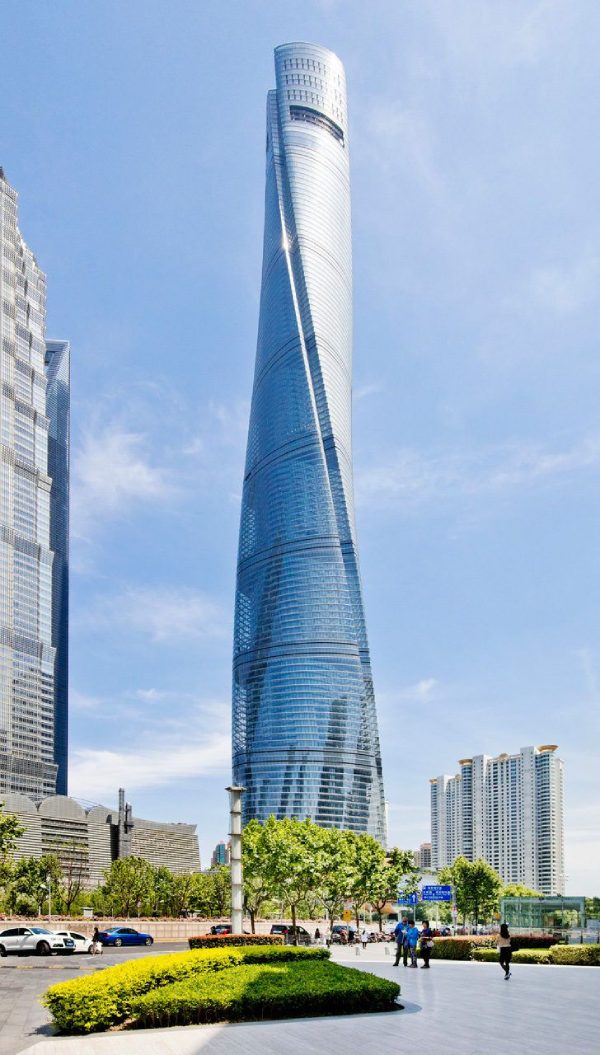
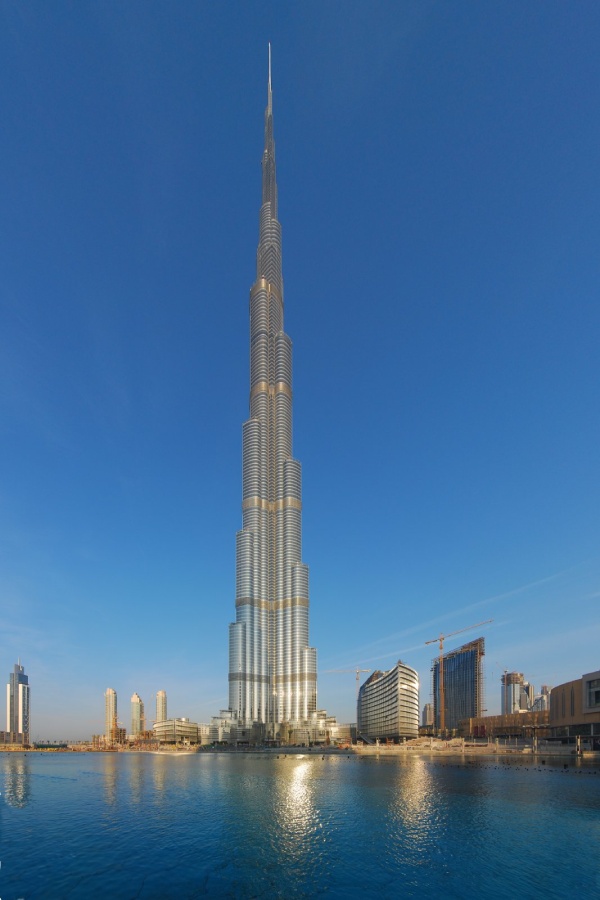


The Shanghai Tower in China; the famous Burj Khalifa in Dubai; the Sydney Opera House in Australia; CN Tower in Toronto; the list is endless.On a final note, change being the universal law of nature where initially there were a lot of apprehensions associated with modern architecture; today people are gradually appreciating the functionality and flexibility which this form of architecture offers alongside an opportunity to save one’s carbon footprint.
Since you are already reading about one of the architectural styles, we have some more blogs regarding other architectural styles. Have a look at them too:
Features of Contemporary Architecture | All you Must Know!
Ancient Greek Architecture: One of the Leading Ones
And before you take a leave from us, there is a blog which will give your home a modern feel:
Image Courtesy: Image 5, Image 7, Image 8, Image 11, Image 12
